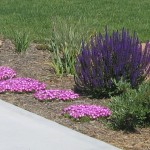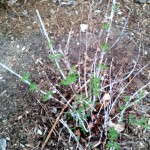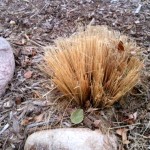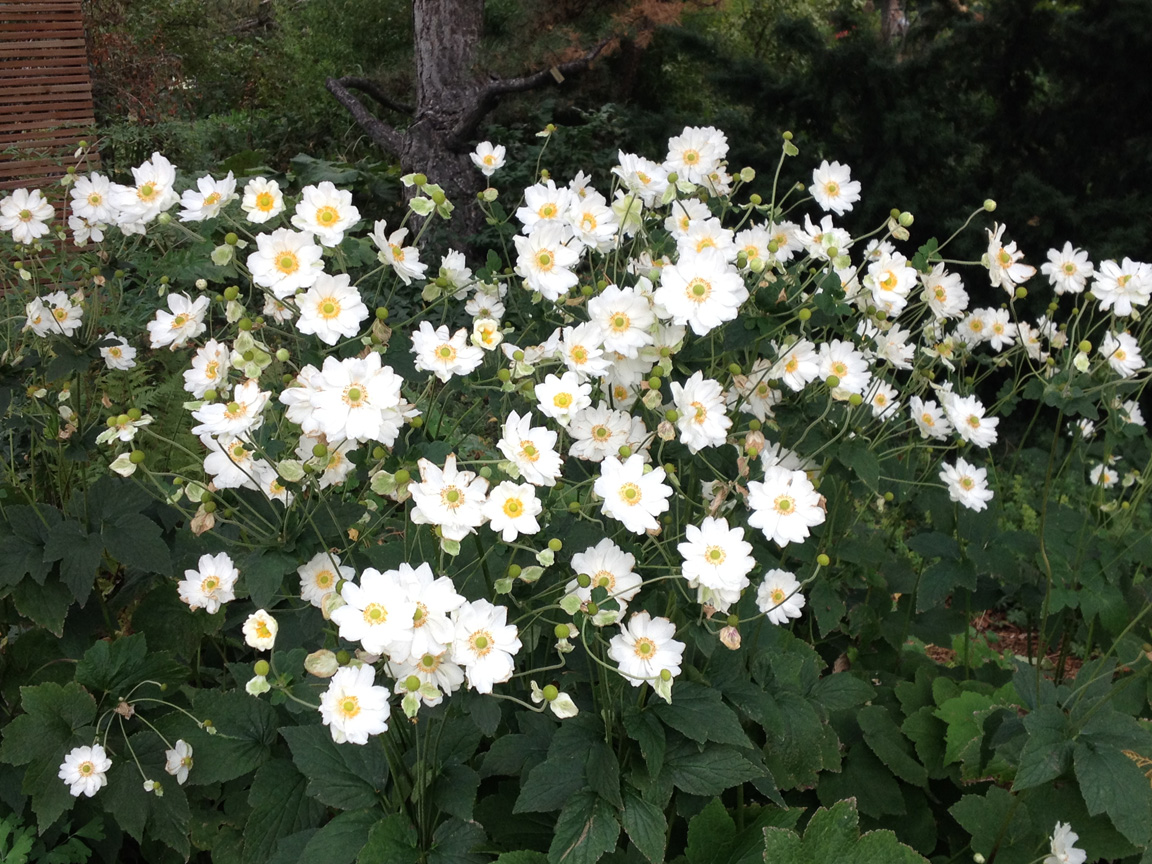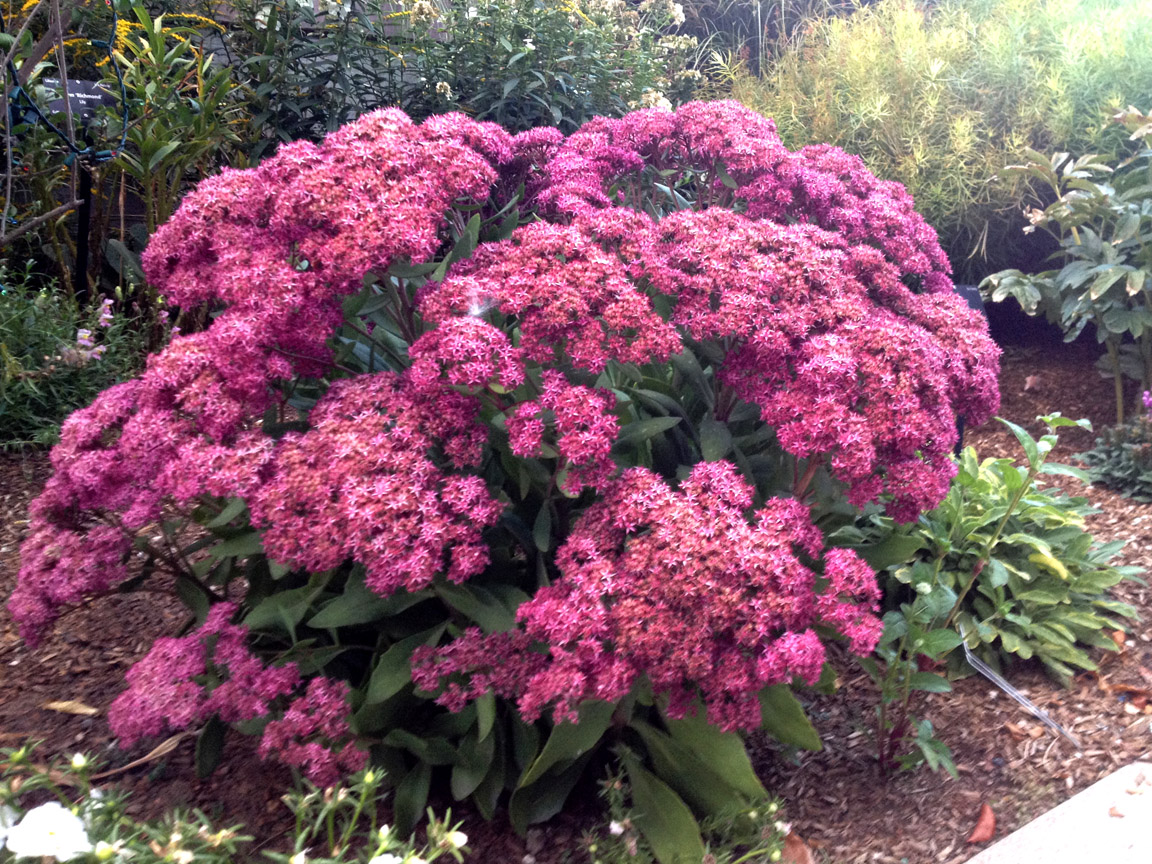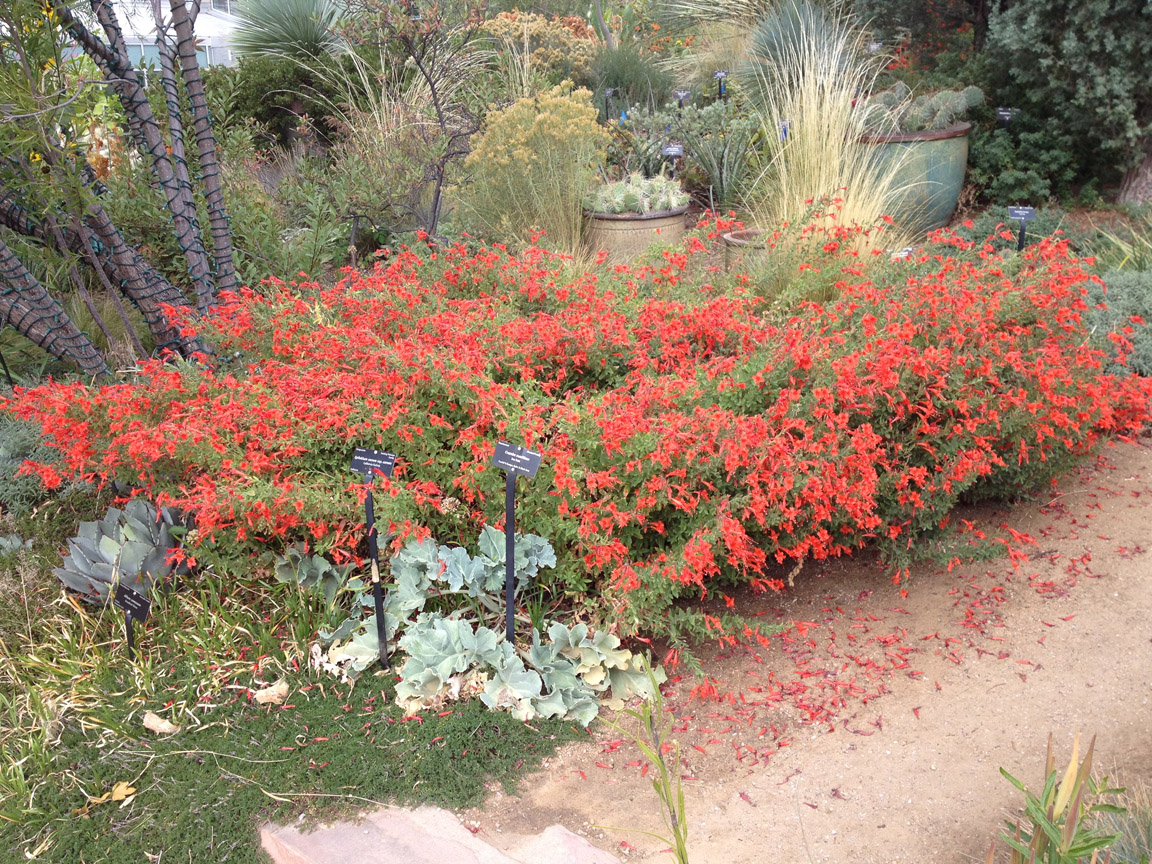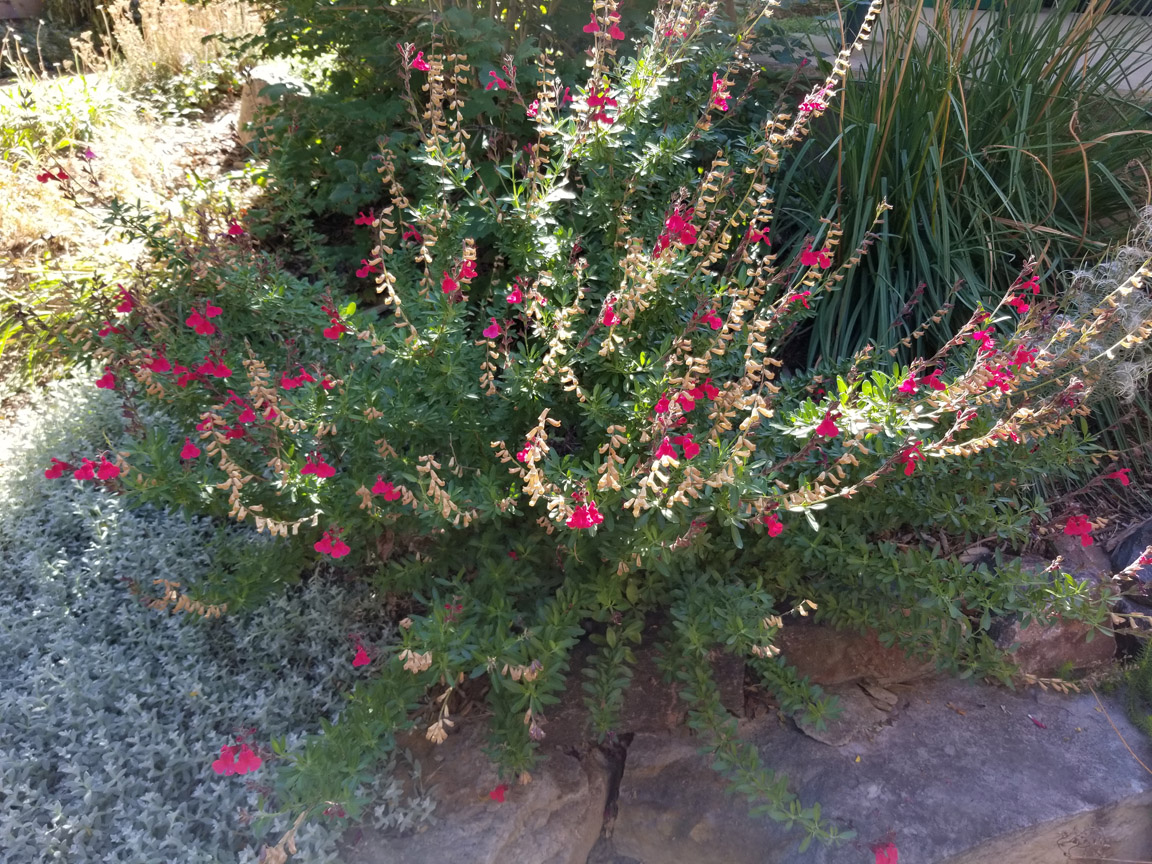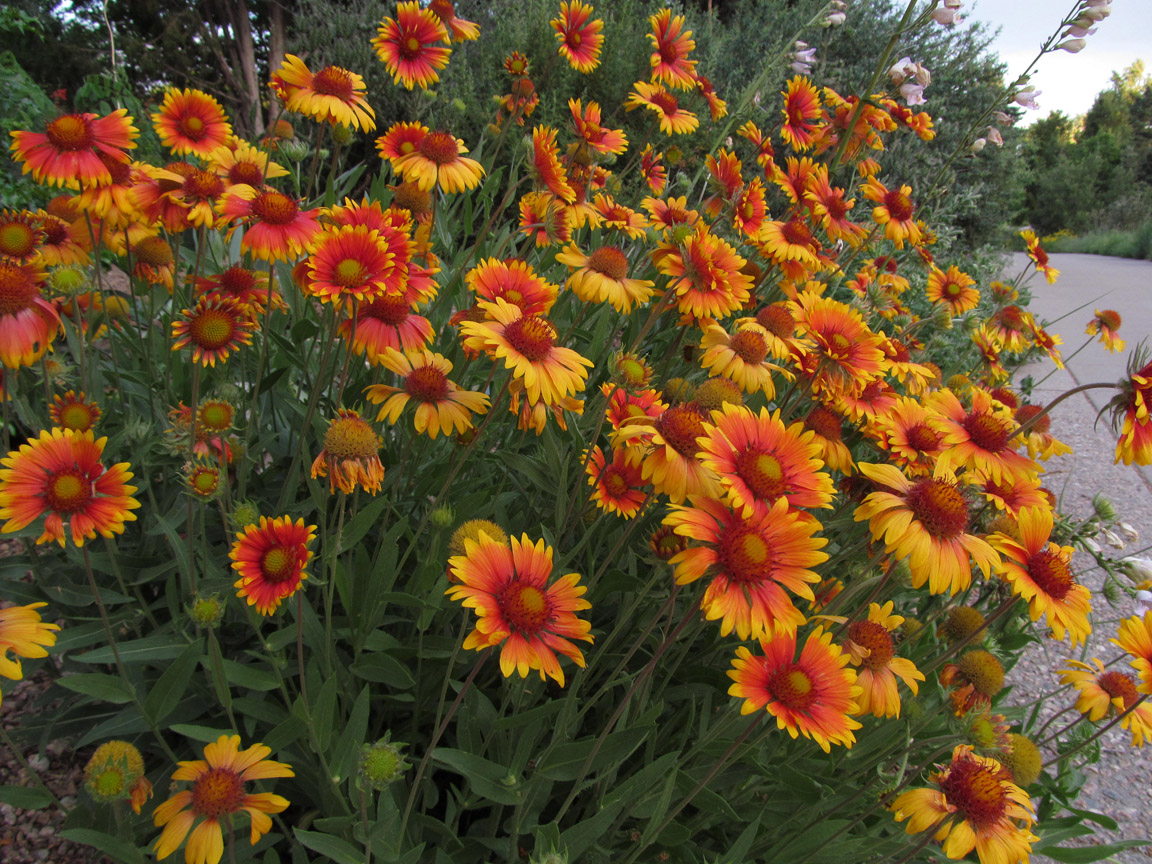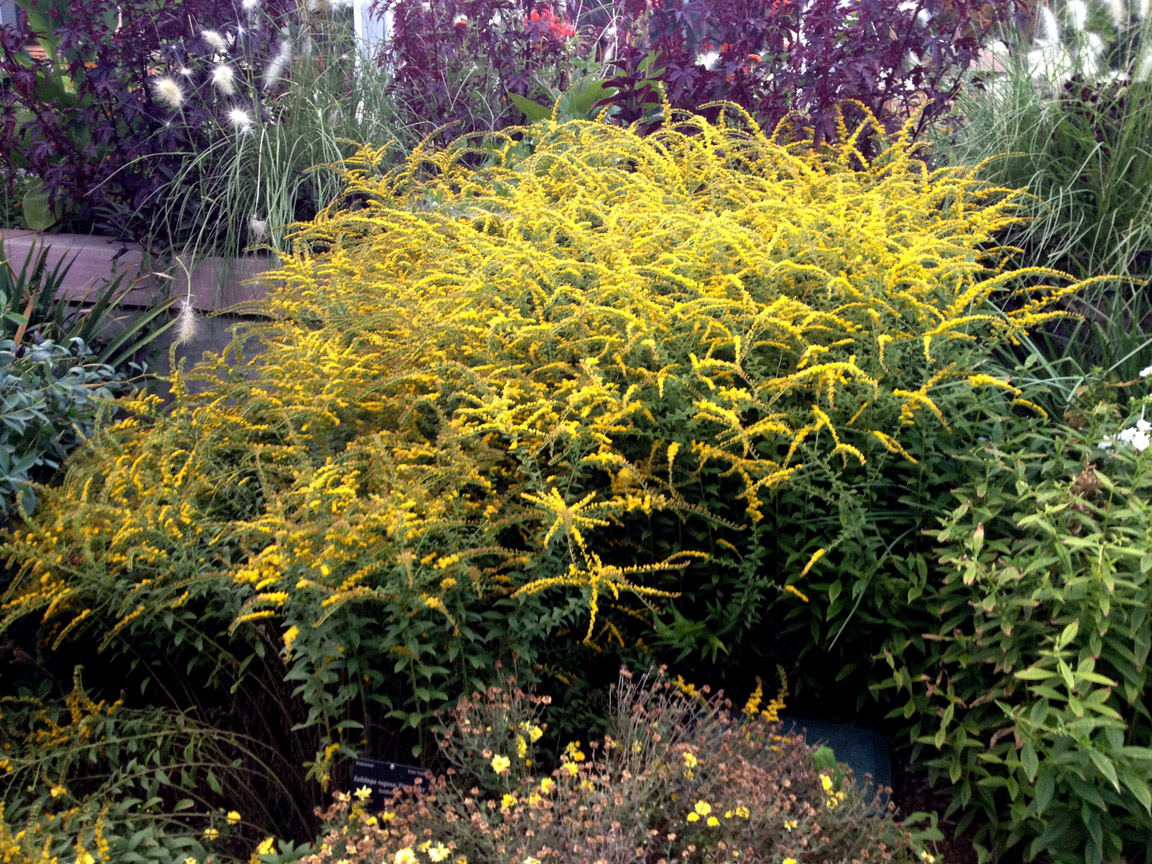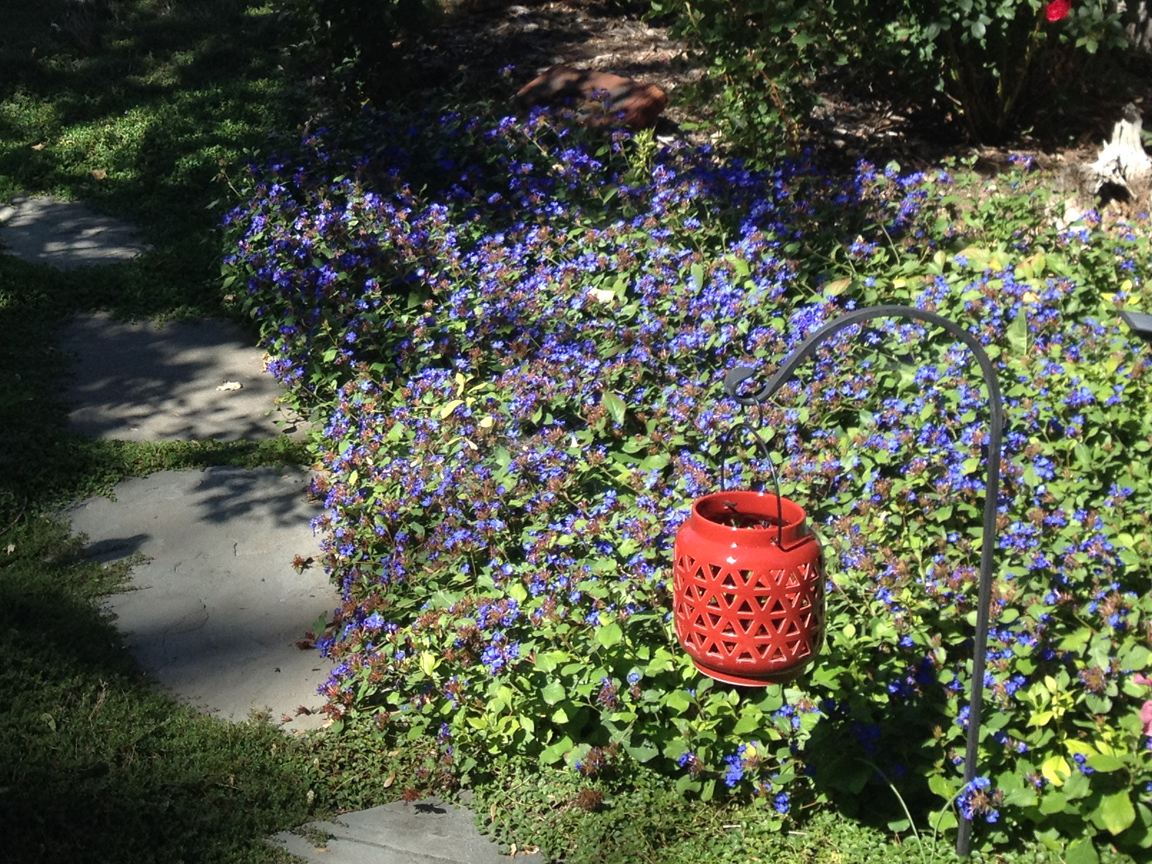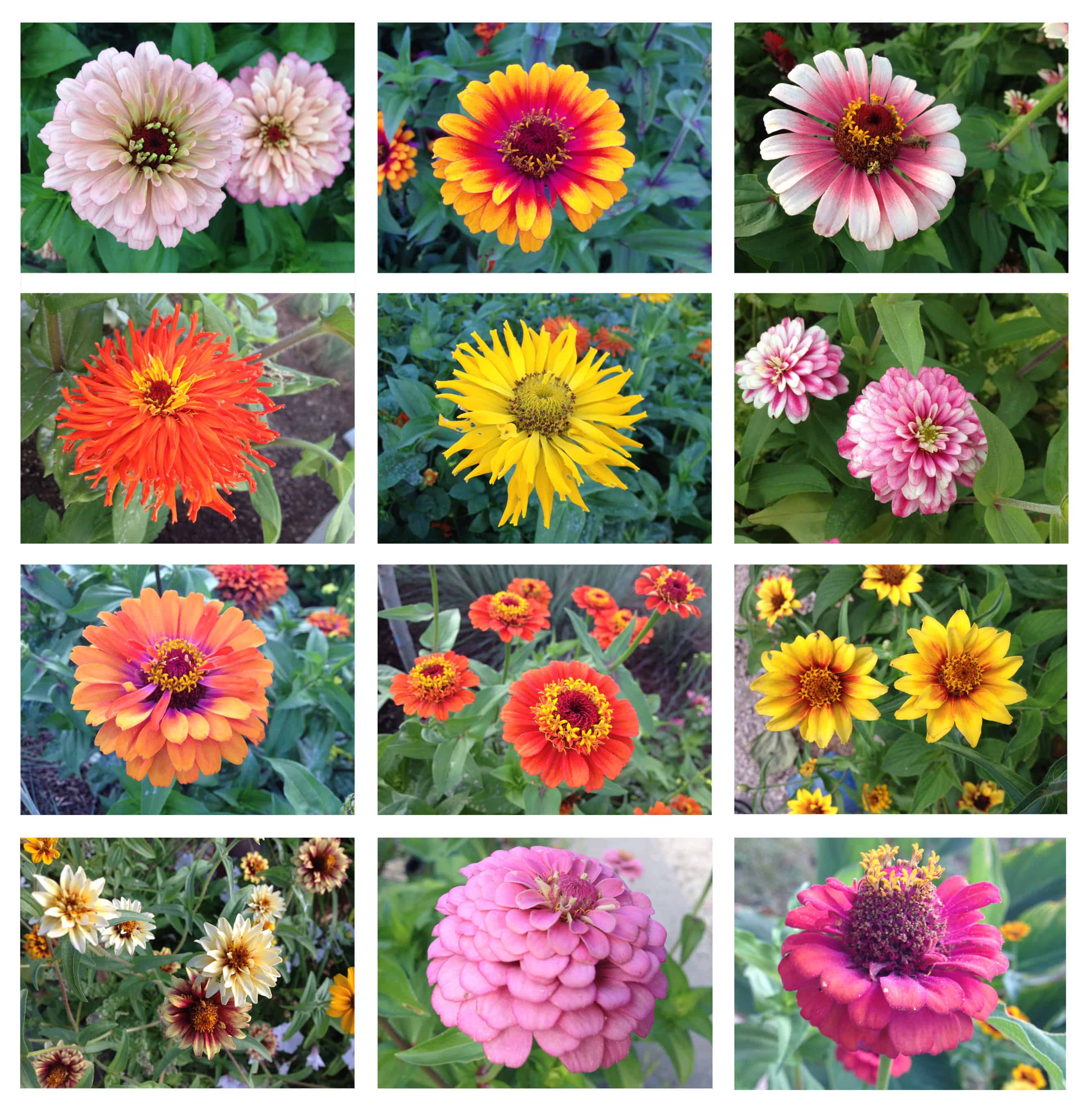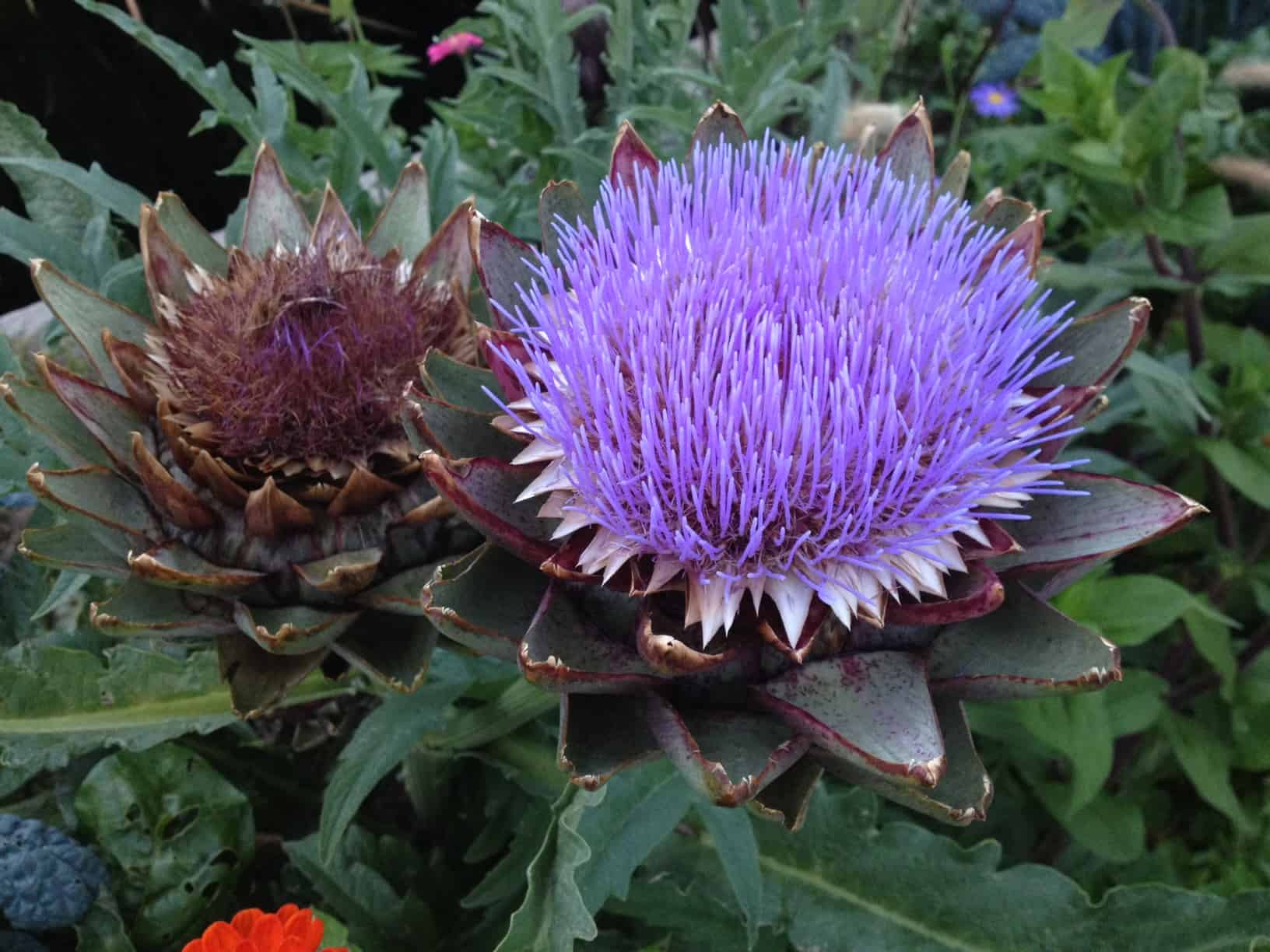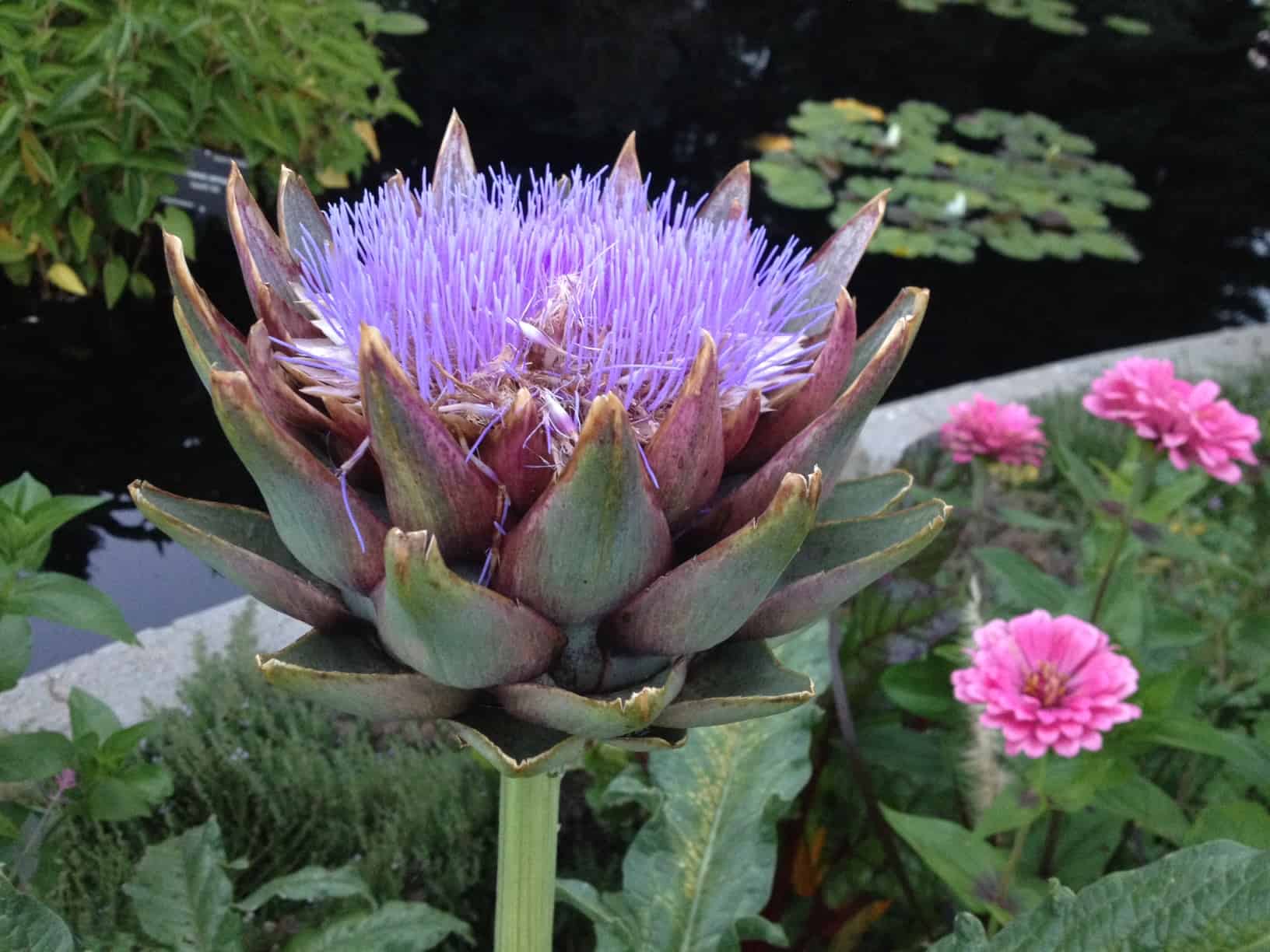Hail-proof Plants for your Colorado Garden
It’s summer, which means in Colorado and other surrounding states in the Central Plains/Inter-mountain West region of the country, it is Hail Season!
Earlier in the Summer, the Denver area had several sessions of hail that ripped through gardens and landscapes late one June night. Avid gardens who’d been awakened by the cacophony of thunder, torrential rain and hail that night, sleepily rushed out in the morning to find shredded plants and debris scattered everywhere. I myself had many plants I’d been babying from seed and roots all Spring which were severely torn up by the barrage of hail stones.
This horticultural carnage got me wondering what plants are best at surviving the annual severe weather in our region? As I walked around the yard sadly inspecting the damage, it was easy to see that the native and climate adapted plants fared best from the aerial ice-bullet onslaught. So I thought it might be a good idea to create a list of “hail-proof” (or at least “hail-resistant”) plants. The following list of plants is just a cursory look at some possible plant choices that should be better able to handle hail storms:
Ornamental Grasses:
-Many, many varieties. Some of the hardiest, and easiest to grow in our region are Feather Reed (Calamagrostis spp.), Switch grass (Panicum virgatum), Little Bluestem (Schizachyrium scoparium), and Giant Sacaton (Sporobolus wrightii)
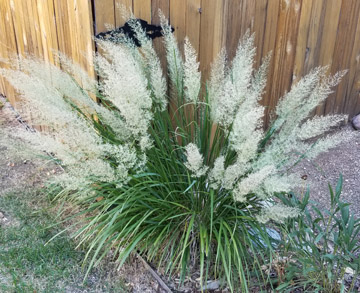
Plants with Grass like leaves:
-Daylilies, Bear Grass (Nolina microcarpa), Desert Sotol (Dasylirion)
Trees and Plants that Leaf out Later:
-Catalpa, Gaura, Datura
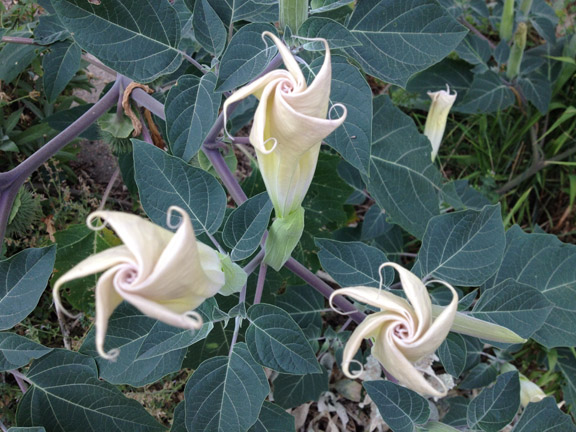
Trees and Plants with Small Leaves:
-Honeylocust (Gleditsia triacanthos), Rabbitbrush (Ericameria nauseosa), some Hysops (Agastache spp.), some Penstemons, California Fuschia (Epilobium canum), Coreopsis
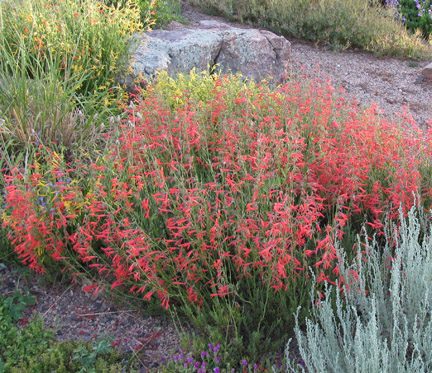
Plants with No or Insignificant Leaves:
– Cacti (many varities), Ephedra, Broom (Cytisus purgans, Cytisus scoparius)
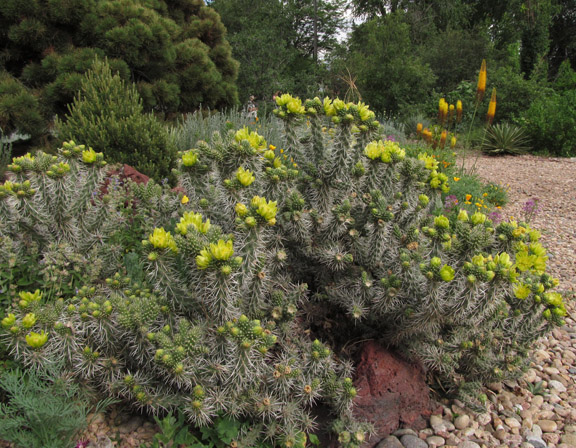
Plants with Tough Leaves:
– Evergreen trees & shrubs (Pine, Spruce, etc.), Agave, Yucca, False Yucca (Hesperaloe)
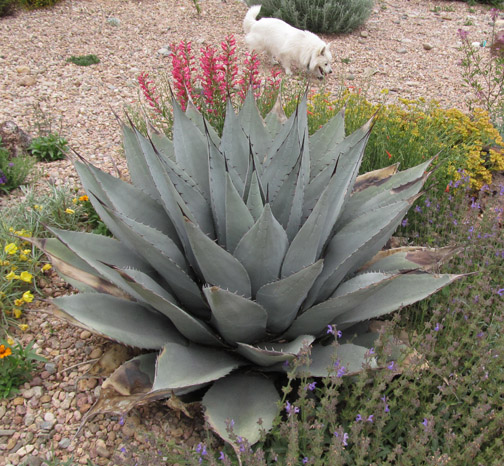
Plants that can be moved or sheltered easily:
-Annual/Perennial pots
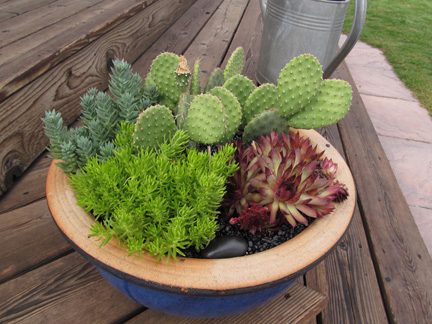
This is the official blog of Outdoor Design Group, Colorado Landscape Architects. For more information about our business and our services, click here.

